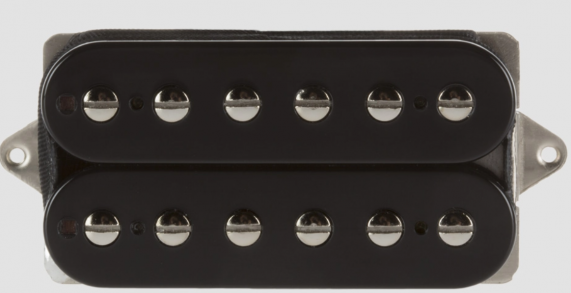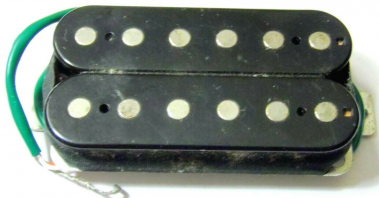To keep my answer relatively short, let's share below a screenshot showing the electrically induced response of screws coil and slugs coil with a typical HB, under typical load:

Interpretation of this pic: electrically, the slugs coil is brighter (because a wee bit less inductive) and louder (because its magnetic circuit is more efficient).
Now, this result has been obtained from a pickup fitted with a braided shielded coax cable. If it had a 4 conductors cable, results would differ cause the cable would alter coils coupling.
Other parameters able to change the tonal outcome are...
-the placement under the strings, obviously: the slugs coil of a bridge humbucker being closer to the neck, it sounds warmer than the screws coil because it filters harmonics differently (even it it's electrically brighter);
-the heights of the pickup, its angle under the strings, but also the setting of the screw poles: the more screw poles are prominent, the more inductance their coil will exhibit and the louder it will become - compensating its relative electrical weakness comparatively to the slugs coil;
-the materials and construction involved: if time and intellectual property weren't limiting my contribution, I'd share some comparisons between a dozen of humbuckers showing how they produce harmonics when their coils are excited by a 1khz signal... It would reveal that some pickups produce extremely assymetric harmonics while others generate almost exactly the same harmonic content from each coil... This difference appears to depend on the coils themselves, but also on the alloys used for the slugs, screws, keeper bars, baseplates, magnets (and such an harmonic difference can't be measured through a conventional resonant frequency measurement like above, BTW).
So, my own humble conclusion would be that
practically (and not electrically), the tonal difference between slugs and screws coils depends on way too much parameters to be defined absolutely. YMMV.




